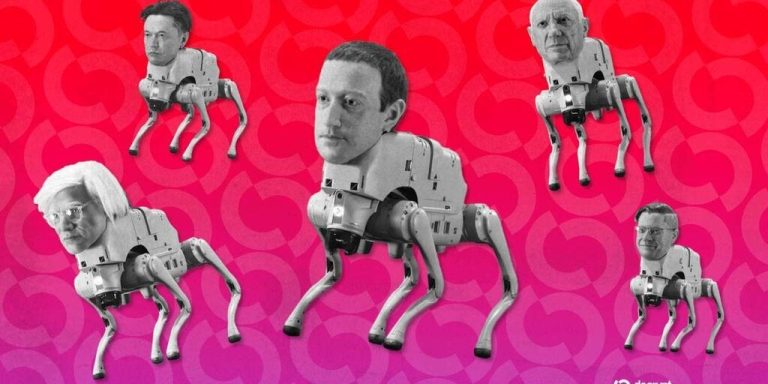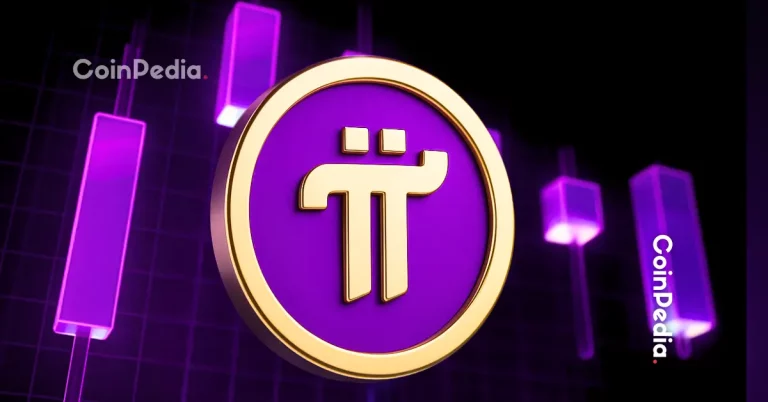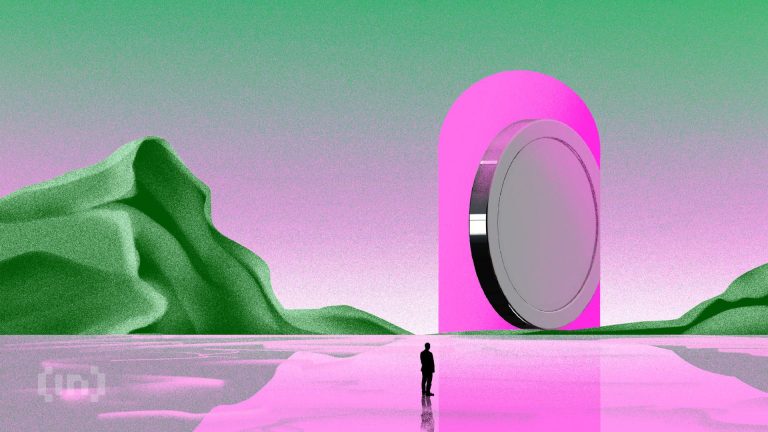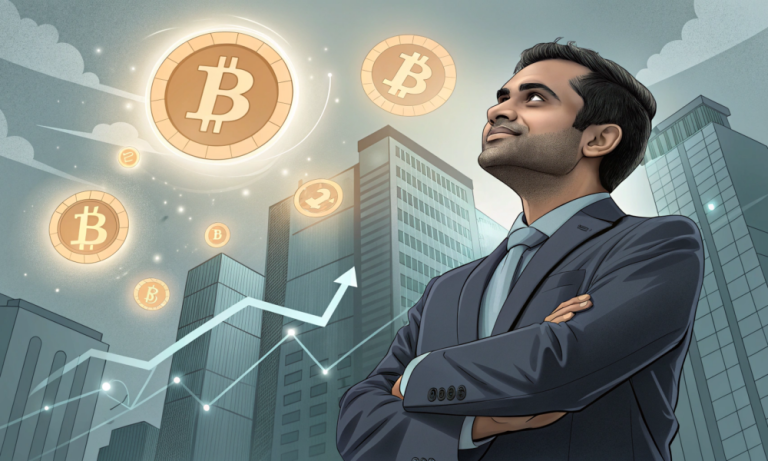
Digital Art Revolution: How Technology is Transforming Creativity
Takeaways: The digital art landscape is evolving rapidly due to advancements in technology. This transformation empowers artists with new tools, expands creative possibilities, and connects communities globally. From AI-generated art to virtual reality experiences, technology reshapes how we perceive and create art.
In the past decade, the world of art has undergone a monumental shift, with technology playing a pivotal role in this transformation. Digital art has emerged not only as a new medium but as a revolutionary way of creating, sharing, and experiencing art. In this blog post, we will explore how technology is reshaping creativity and the implications of this digital art revolution.
The Rise of Digital Art
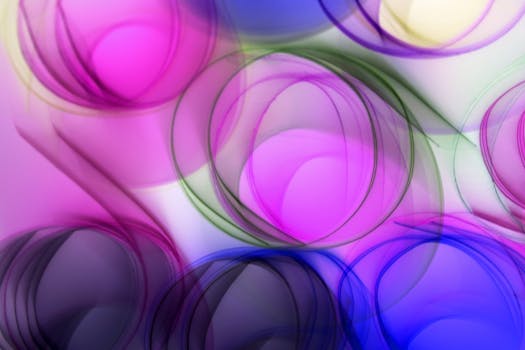
With the advent of powerful graphic software and tools such as Adobe Photoshop, Corel Painter, and Procreate, artists are no longer limited to traditional mediums. They can experiment with colors, textures, and forms in ways that were previously unimaginable. This accessibility has democratized art creation, allowing anyone with a computer or tablet to express their creativity.
Moreover, the proliferation of social media platforms like Instagram and Pinterest has provided artists with unprecedented visibility. Digital art can be shared instantly with a global audience, fostering a sense of community among artists and art enthusiasts alike. This connectivity has led to collaborations, feedback, and opportunities that were once limited to local art scenes.
Innovative Tools Shaping Creativity
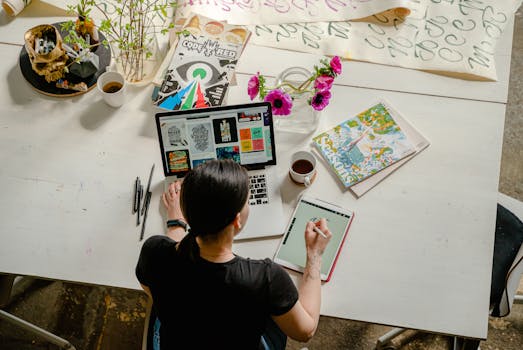
Virtual reality (VR) and augmented reality (AR) are also transforming the way we experience art. Artists are creating immersive environments that engage viewers on a sensory level, inviting them to interact with the artwork in ways that traditional mediums cannot offer. For instance, VR platforms like Oculus Medium allow artists to sculpt in a 3D space, providing a fresh perspective on the creative process.
Furthermore, 3D printing technology is enabling artists to bring their digital creations into the physical world, allowing for the production of intricate sculptures and models. This fusion of digital and physical art opens up a plethora of possibilities for artists to explore and innovate.
The Impact on Artistic Expression
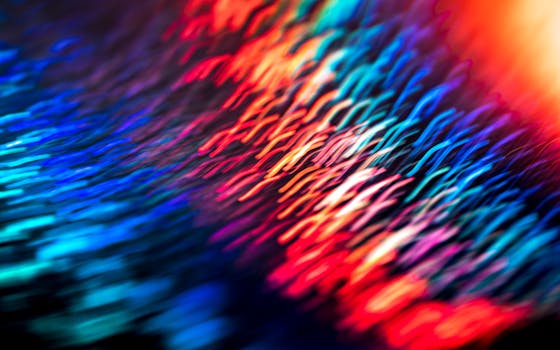
Additionally, the rise of digital art has sparked conversations about authenticity and the value of art. As more artists turn to digital mediums, questions about originality, ownership, and the role of the artist in the creative process come to the forefront. This dialogue is essential in understanding the implications of technology on art and its future.
Moreover, digital art has the potential to address societal issues and promote social change. Artists are using digital platforms to raise awareness about various causes, from climate change to social justice. The immediacy and reach of digital art allow for powerful messages to be conveyed quickly and effectively, making art a tool for activism.
Conclusion


